.jpg)
1998 - The new 911 Carrera Cabriolet
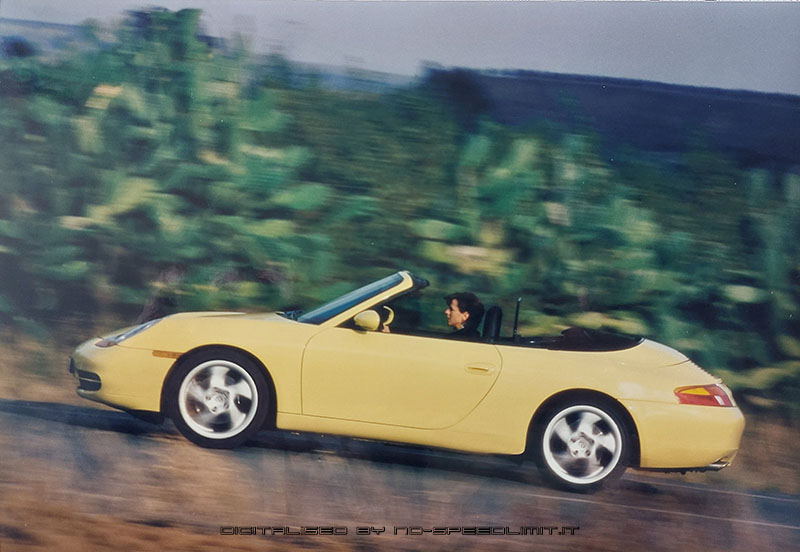
At the 1998 Geneva Motor Show, Porsche unveiled the second model variant of the new 911 series: the Cabriolet. The open-top sports car, which Porsche has cultivated for 50 years, reaches a new level of perfection.
Thanks to its numerous safety features, the 911 Carrera Cabriolet sets a new international benchmark for active and passive safety in open-top sports cars.
When designing the body of the new Cabriolet, the designers were able to give free rein to their creativity because work on the Coupé and Cabriolet began simultaneously. This made it possible to align the profile of the new open-top 911 even more consistently with the unmistakable silhouette of the 911. The result is a more elegant Cabriolet with a fully retractable roof that disappears beneath a flap when open. The roof opens and closes electrohydraulically within 20 seconds. There are three ways to trigger these functions: via a push button on the center console, via the remote control on the key, or by turning the key in the door lock beyond the closed position.
The development of the 911 Carrera Cabriolet is based on close cooperation between Porsche AG and "Car Top Systems" (CTS), a Porsche subsidiary. The tops of the 911 and Boxster are manufactured by CTS in Korntal-Münchingen and delivered to Porsche ready for installation. The standard hardtop was also designed by CTS.
The design of the 911 fabric roof is high-quality; the exterior is made of the elegant and indestructible material "Sonnenland." The interior of the fabric roof frame is covered by a roof lining. With intensive precision work, the acoustic experts reduced the wind noise of the fabric roof to a minimum.
The passive safety of the new 911 Cabriolet is also exemplary. The completely redesigned body structure not only offers significantly greater strength, but is also engineered for targeted deformation in collisions. Full-size airbags for the driver and front passenger, as well as three-point automatic seatbelts for four passengers, are standard equipment. Side airbags, each with a volume of 30 liters, are also are available upon request. Their special feature: They ensure special protection for the head, chest, and pelvis, even with the roof open and the side windows lowered. Porsche is the only manufacturer to offer side airbags suitable for convertibles.
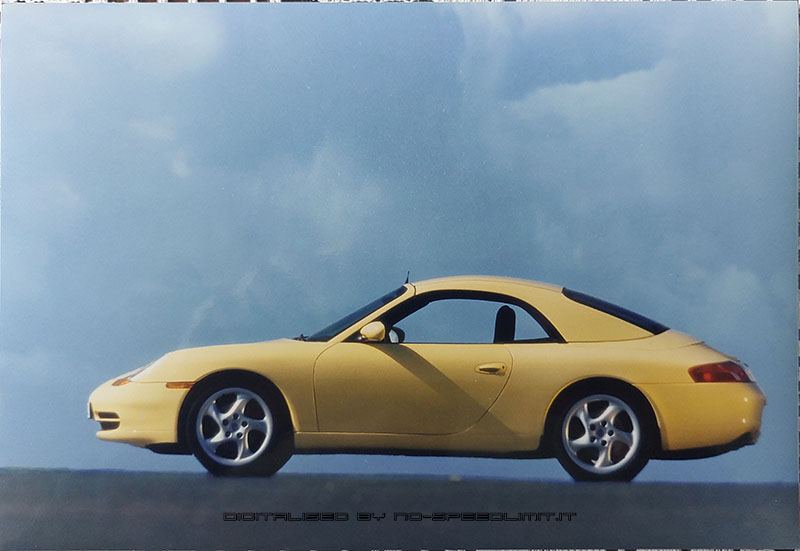
Two roll bars are standard equipment, normally discreetly hidden behind the rear seats. They are triggered by spring pressure when an inclination sensor detects the risk of a rollover. In tests, Porsche engineers were able to demonstrate that the bars can protect all four occupants of a convertible from serious injury.
The new Porsche 911 Cabriolet comes standard with an aluminum hardtop with a heated mineral glass rear window. The double-shell roof with a stiffening aluminum parcel shelf is characterized by its particularly high strength, minimal wind noise, and low weight of 32 kilograms. Two people can handle it without much effort. It can be reliably attached to the body in just a few simple steps. The Cabriolet's basic technology is identical to that of the Coupé. The key body components—the chassis with its light-alloy wheel suspension, the water-cooled six-cylinder boxer engine, and power transmission via a six-speed transmission or the five-speed Tiptronic S automatic transmission—are identical in both the Coupé and Cabriolet. As a result, the new Cabriolet offers virtually all the advantages of the new 911 series:
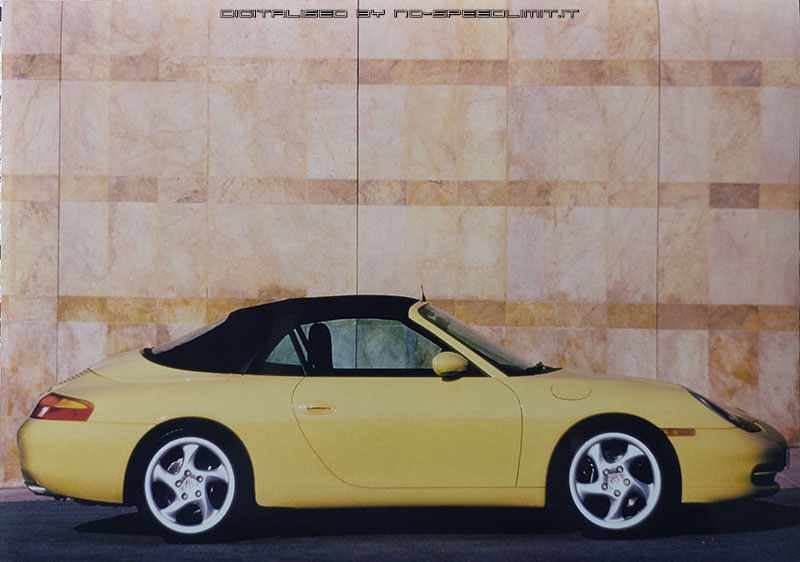
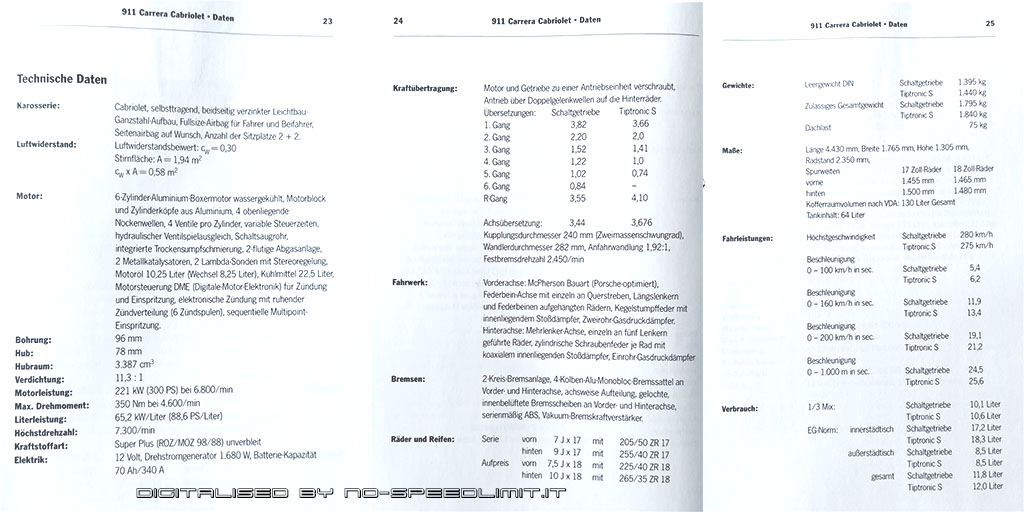
.jpg)
1998 - The new 911 Carrera Cabriolet
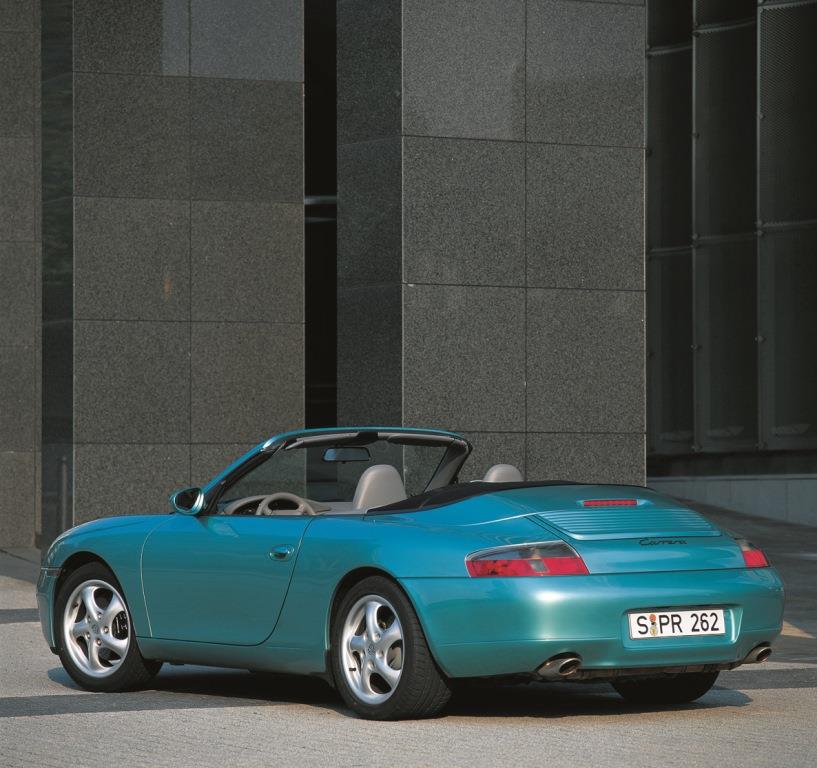
1999 Geneva - 911 Cabriolet
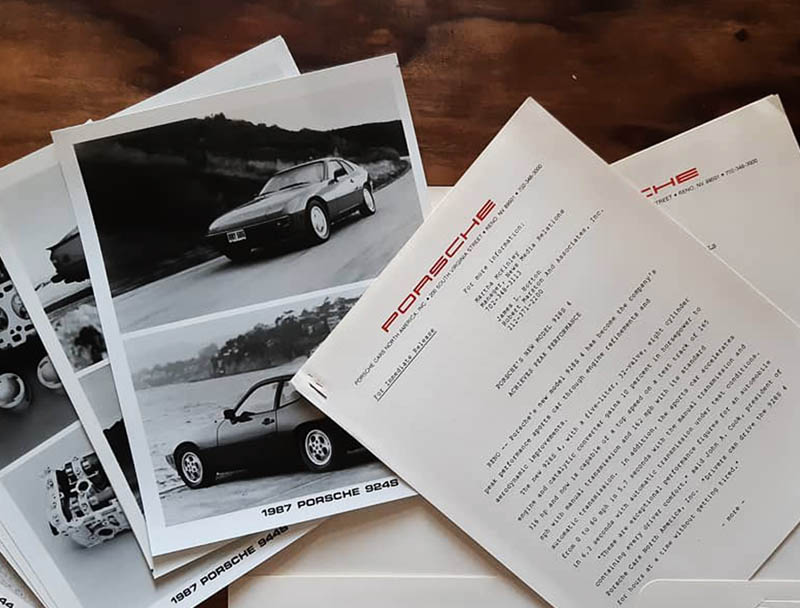
Porsche Press kit
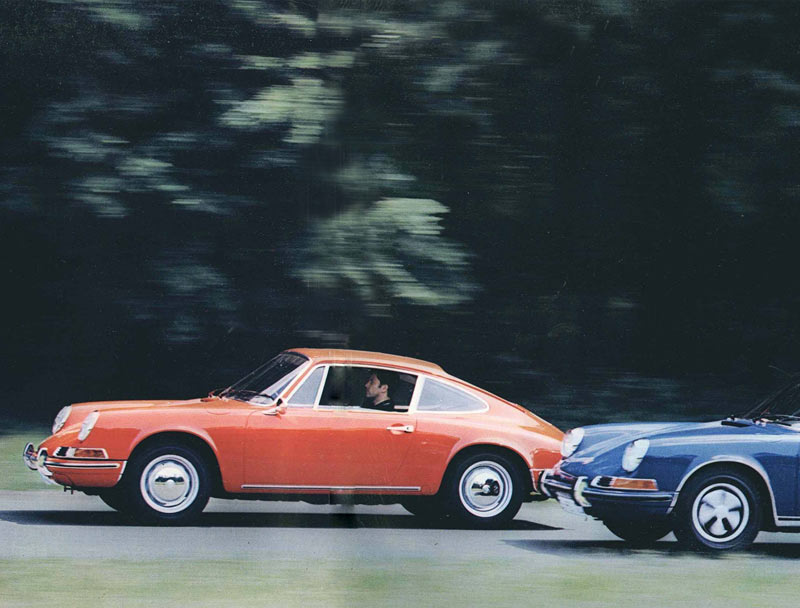
Porsche Literature
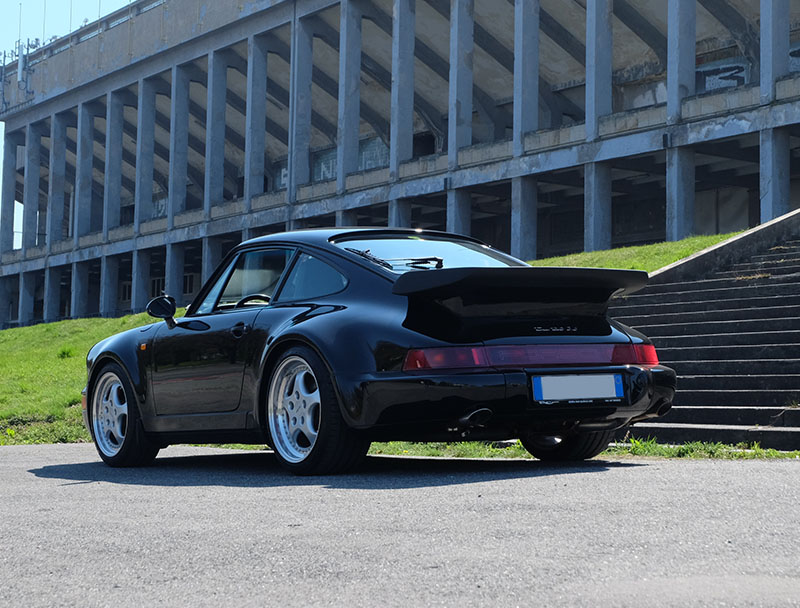
Our Porsche Cars